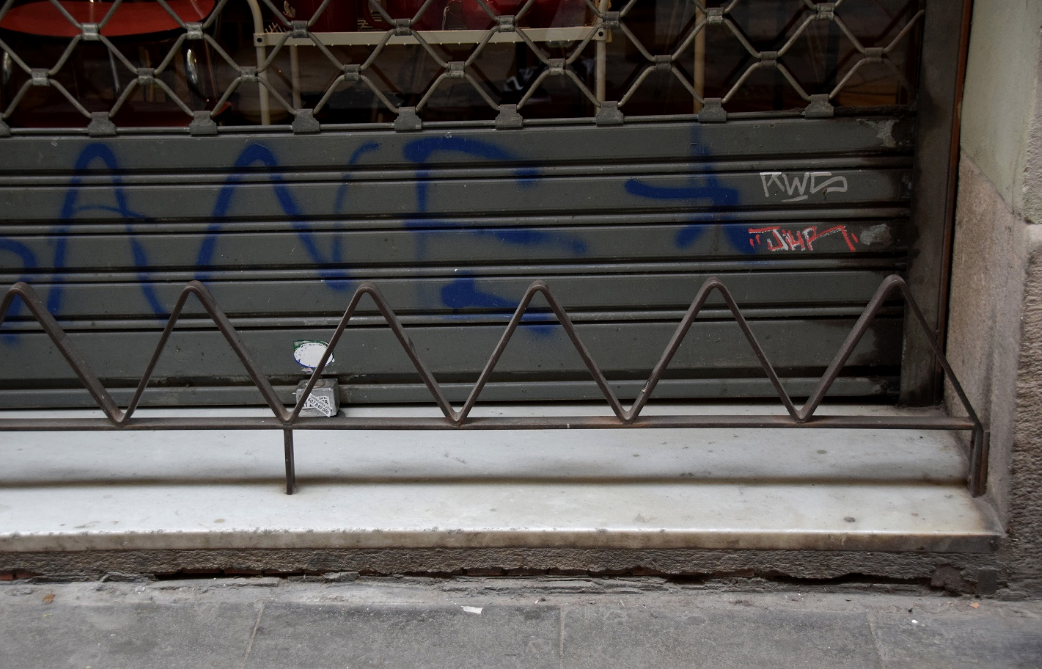¿Arquitectura defensiva, preventiva, hostil o arquitectura tout court? Indemnidad, cálculo y hospitalidad en Jacques Derrida.
DOI:
https://doi.org/10.46516/inmaterial.v11.116Keywords:
architecture, Derrida, indemnity, calculation, hospitalityAbstract
This study analyses the expressions “defensive architecture,” “preventive architecture” and “hostile architecture” through the work of Jacques Derrida. These expressions are popular to refer to the violence instrumentalised via the material environments that constitute what we often call “public space.” The main objective is to uncover the logics which work beneath and legitimise this phenomenon by examining the discourse implied by each expression. Firstly, “defensive architecture” is connected with the logic of the unscathed, which Derrida points out concerning the death penalty. Secondly, “preventive architecture” is related to Derrida’s critique of teleology as event-neutralising, carried out in Rogues (2003). Thirdly, “hostile architecture” is associated with the constitutive aporia of hospitality to advertise the perpetual failure of all sort of architecture—insofar as it is the place of hospitality—and its inherent hostility. Finally, the study intends to shed light upon "the public” that is yet to come by considering some objections that could have arisen from the impossible condition of unconditionality.
Downloads

Published
How to Cite
Issue
Section
License
Copyright (c) 2022 Víctor Betriu

This work is licensed under a Creative Commons Attribution-ShareAlike 4.0 International License.






